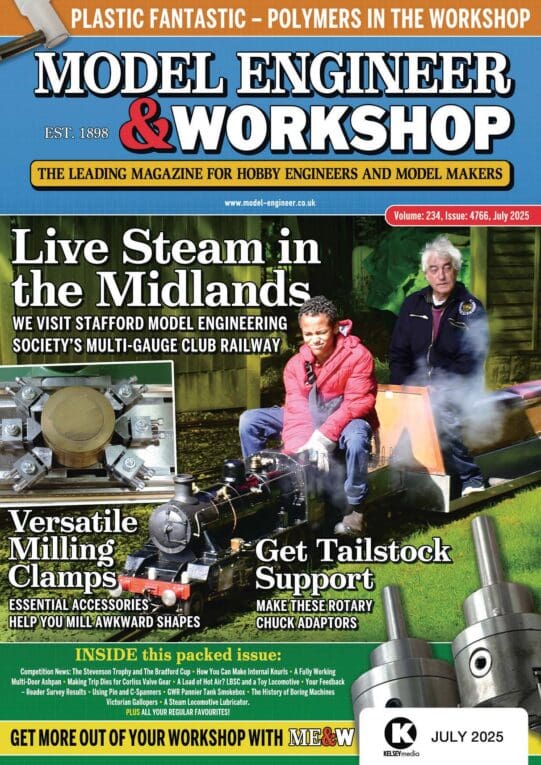Hi Luigi, I've not seen the Draper version but it does sound similar.
As you may have gathered, I already use T-slot track for my jigs (& similar uses) and a year or so ago (after lots of hints) received an Axminster Jig set for my Birthday. This contains quite an assortment of knobs and "T-bolts" for use with this track. However, I also found it useful to make some simple square 'nuts' (my set uses US 1/4" 20 thread but I had a tap) and I cycle these components back into the box after use – sometimes keeping any baseplates made (and sometimes not if it's been badly cut into). Not measured the T-slots on the Lidl unit yet but I will probably not use the plastic 'clamps' you mention very often – more likely to just use my own T-clamps.
Details below – not that cheap but they are re-usable (and you can buy some bits individually if preferred)
**LINK**
I am concerned to hear that the jaw system may be fragile, as this is one of the most useful aspects of this workbench in my view.
My other two Workmates have moving jaws that are effectively only locked when actually gripping things and (on mine) the jaws also lift, so they do not remain level with each other. This is one reason why I've not used them as part of my jig/guide solutions in the past, instead just using them as a glorified table. This workbench has a fixed jaw and a sliding jaw but they do seem to lock level (I am still to test that statement) which means that hopefully, they can be an integral part of any jigging system and not just support it.
Even so, if the jaw locking system does break, I will probably just fix the moving jaw in one position as I am not intending to use the workbench as a Workmate-type "vice" per se – e.g. to directly grip the work piece.
I have not used the bench in anger yet but I have been thinking about a few potential applications for it in my modelling. I will have to experiment to see if these ideas will work in practice though.
Some aspects of the design remind me of the "Triton" Workcentre – e.g. using a sliding table to pass a tool over the work (held under the jaws). However (again like a Triton), it should also be possible to pass work over a tool (if mounted on a sub-table). In the former, a sliding table would therefore provide X-axis movement but the tool could also have some movement on the table in the Y-axis (hopefully both controlled by stops in the T-slots). It should then be possible to cut repeatable square(ish) holes (e.g. windows) with a small router (my POF or Dremel). If the Y-axis was hinged on one side, I might be able to (incrementally) cut long 'profiles' (using a height template at the other end) either still using the X-axis for shorter parts or sliding the work under the fixed tool for longer ones (model coach roofs and tumblehomes for instance?)
The tool (or work) could also be fixed to the rear jaw and the work (or tool) moved past it using a sliding table. So a router held horizontally for instance (with some form of height adjustment provided) could be used for cuts that might be a bit awkward on my conventional router table (e.g. This is a Horizontal Mill – I am primarily a Mangler of Metal, so my (mis)treatment of wood is heavily influenced by this experience)
Anyway, sorry to rattle on but I hope these lines of thought will be of interest to anyone who "machines" small wooden parts occasionally. Whilst I'm on this subject, there are many books on Routers (and Router Jigs) but if you are new to routing (especially smaller work) then I would recommend Bob Wearing's "Router Tips & Techniques". There are a number of simple jigs/devices described by Bob that I've found very useful for my modelling woodwork.
Regards,
Ian T
IanT.








